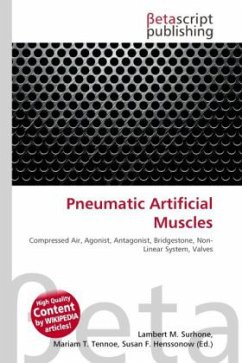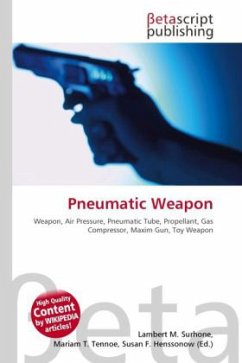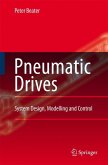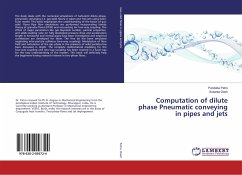High Quality Content by WIKIPEDIA articles! Pneumatic artificial muscles (PAMs) are contractile or extensional devices operated by pressurized air. Similarly to human muscles, PAMs are usually grouped in pairs (see figure): one agonist and one antagonist. PAMs were first developed (under the name of McKibben Artificial Muscles) in the 1950s for use in artificial limbs. The Bridgestone rubber company (Japan) commercialized the idea in the 1980s under the name of Rubbertuators. The retraction strength of the PAM is limited by the sum total strength of individual fibers in the woven shell. The exertion distance is limited by the tightness of the weave; a very loose weave allows greater bulging, which further twists individual fibers in the weave. Examples of complex configurations of Air Muscles are used in the Shadow Dexterous Hand. PAMs are very lightweight because their main element is a thin membrane.








